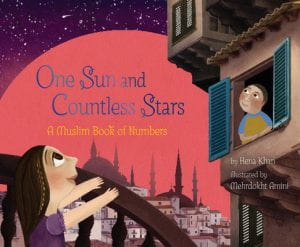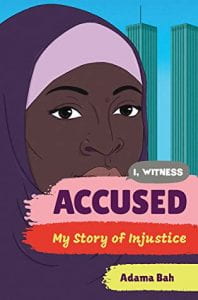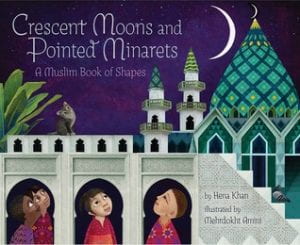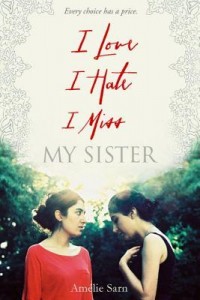Compact Research: Addictions (series). San Diego: ReferencePoint Press, 2015. 96 p. $30.00 ea. Gr. 7-12.
Dudley, William. Synthetic Drug Addiction. 978-1-60152-764-6.
Nakaya, Andrea C. Internet and Social Media Addiction. 978-1-60152-760-8.
Parks, Peggy J. Heroin Addiction. 978-1-60152-756-1.
Wilcox, Christine. Gambling Addiction. 978-1-60152-758-5.
Wilcox, Christine. Sex and Pornography Addictions. 978-1-60152-762-2.
Focusing on a variety of addictive habits, these titles begin with an overview of each addiction and then go on to look at issues such as causes of addiction, health dangers of addiction, and ways to overcome addiction. Each chapter is supplemented by primary source quotes, color photographs, charts, graphs, and statistics. At the end of each book there is a list of key people and advocacy groups, a chronological timeline of the addiction, contact information for
related organizations, and a list of additional sources for further research. These titles provide straightforward, factual information for researchers and allow them to analyze the data and come to their own conclusions about each addiction.
600s; Addictions Julie Ritter, Montoursville Area High School
These titles are an excellent addition for student researchers. Not only is there plenty of background information presented about each addiction, but the primary source quotes, statistics, charts and graphs provide students with plenty of evidence to help them form opinions and make arguments supporting these opinions. The index, table of contents, and list of illustrations make the books easily accessible, and the list of sources for further research provides researchers with additional quality sources to guide them as they form opinions and arguments.
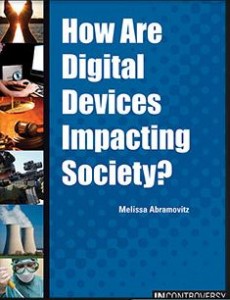
In Controversy (series). San Diego: ReferencePoint Press, 2015. 96 p. $31.32 ea. Gr. 7+.
Abramovitz, Melissa. How Are Digital Devices Impacting Society? 978-1-60152-772-1
This 45-book set features outstanding data and information on topics that are controversial and argumentative in today’s world. Each book in the collection focuses on a specific question from its title, then divides the book into several chapters revolving around the main components of the issue. For example, in How Are Digital Devices Impacting Society?, the author takes a look at when controversies surrounding digital devices first appeared, then shares information on how digital devices impact private and social interaction, affect the brain and thought processes, and affect physical and mental health.
One of the greatest assets of these books is that the authors try to supply and cite information from both sides of the issue, drawing from experts who both agree or disagree with the situation or feel that things positively or negatively impact society. Each books contains important facts bulleted at the end of each chapter, along with pull-out quotes throughout the reading. This book was extremely entertaining to read just for fun but would also provide excellent secondary source information for students conducting research on a controversial topic.
Technology Nicole Starner, Biglerville HS/Upper Adams MS
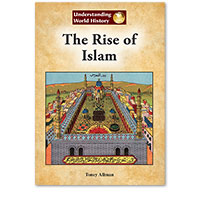
Understanding World History (series). San Diego: ReferencePoint Press, 2015. 96 p. $31.32 ea. Gr. 7+.
Allman, Toney. The Rise of Islam. 978-1-60152-744-8.
Marcovitz, Hal. The History of Slavery. 978-1-60152-742-4.
Marcovitz, Hal. The Rise of the Nazis. 978-1-60152-654-0.
This 22-book set covers an incredible range of topics in world history from numerous eras, including time periods and events such as Ancient Chinese Dynasties, Victorian England, the Industrial Revolution, the Holocaust, and the Early Middle Ages. Along with these selections, the set also includes books focused on other topics of interest that may be confusing and/or interesting to students, such as Islam, slavery, the Nazis, and the history of Rock and Roll.
Each book includes an index, a section describing and defining important people in the time period or event, a timeline, and photographs or illustrations to further understanding. One of the greatest assets of this collection are the numerous white-boxed sections of the text that describe stories related to the event, give more information on a particular subject, or provide statistical research associated with what is being discussed. These boxes are especially interesting and easy to read while adding supplementary knowledge on the topic.
World History Nicole Starner, Biglerville HS/Upper Adams MS
 Zaman, Farida. Aliya’s Secret: A Story of Ramadan. Owl Kids, 2023. 978-1-771-47564-8 Unpaged. $18.95. Grades K-3.
Zaman, Farida. Aliya’s Secret: A Story of Ramadan. Owl Kids, 2023. 978-1-771-47564-8 Unpaged. $18.95. Grades K-3.
